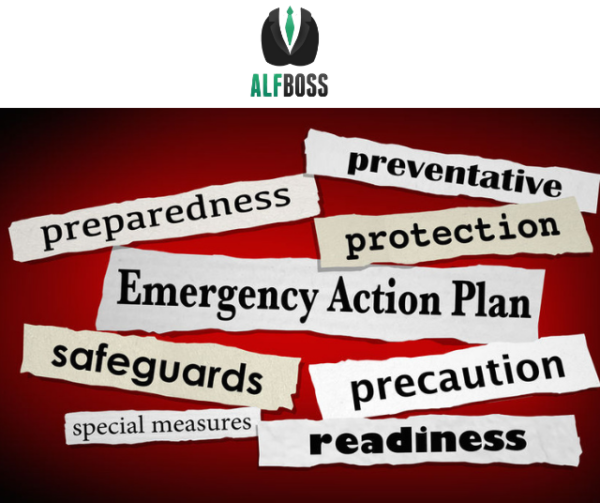
Responding to a disaster
When operating an assisted living residence, it is imperative to operate by the rule of the 5 ‘P’s; Proper Preparation Prevents Poor Performance. This could be no truer than when discussing emergency preparedness for disasters. Make sure you and your team are completely aware of the following emergency preparedness plan and reporting regulations provided by Massachusetts Executive Office of Elder Affairs:
(11) Emergency Preparedness Plan and Reporting Requirements.
Each Residence shall have a comprehensive emergency management plan to meet potential disasters and emergencies, including fire; flood; severe weather; loss of heat, electricity, or water services; and resident-specific crises, such as a missing resident. The plan shall be designed to reasonable ensure the continuity of operations of the Residence.
(a) Plan Requirements.
- The plan and any changes to the plan, which shall be developed in conjunction with local and state emergency planners, must include the following elements:
- an evacuation strategy for both immediate evacuations, for such events as fires or gas leaks, as well as delayed evacuations, for such events as impending severe weather;
- an established Mutual Aid plan that addresses essential issues, such as supplies, staff, and beds;
- actions necessary to ensure supply, equipment and pharmaceutical support in the event such services are interrupted;
- an established relationship with local public safety officials and with local Emergency Management Services (EMS) officials;
- participation in Health and Homeland Alert Network (HHAN);
- and protocols for full participation in the Silver Alert System (a system to register people at risk of wandering with participating local or county law enforcement to expedite their safe recovery in the event they become lost).
- The plan shall indicate the location of emergency exits; evacuation procedures; and the telephone numbers of police, fire, ambulance, and emergency medical transport to be contacted in an emergency;
- The plan shall address the physical and cognitive needs of residents, and shall include special staff response, including the procedures needed to ensure the safety of any resident. The plan shall include provisions related to individuals residing in a Special Care Residence, and shall be amended or revised whenever any resident with unusual needs is admitted;
- The plan shall provide for the conducting of annual simulated evacuation drills and rehearsals for all shifts;
- The Residence shall provide every Resident with a copy of the instructions they will be given under the Disaster and Emergency Preparedness Plan, and shall have available for their review a copy of the Plan.
(b) Staff Training. The Residence shall ensure disaster and emergency preparedness by orienting new employees at the time of employment to the Residence’s emergency preparedness plan, periodically reviewing the plan with employees, and making certain that all personnel are trained to perform the tasks assigned to them.
(c) Reporting Emergency Situations. Upon the occurrence of any emergency situation that displaces Residents from their Units for eight hours or more, the manager of the Residence or his or her designee must immediately provide a report to the EOEA Assisted Living Residence Certification Unit. This report shall include, at a minimum:
- the name and location of the Residence;
- the nature of the problem;
- the number of Residents displaced;
- the number of Units rendered unusable due to the occurrence, and the anticipated length of time before the Residents may return to them;
- remedial action taken by the Residence; and
- other State or local agencies notified about the problem
Top Takeaways:
- an evacuation strategy for both immediate evacuations, for such events as fires or gas leaks, as well as delayed evacuations, for such events as impending severe weather;
- an established Mutual Aid plan that addresses essential issues, such as supplies, staff, and beds;
The worst-case scenario for a facility is evacuating from their facility. Having a plan in place as to where you will evacuate, the supplies you will bring and the manner in which you will travel are essential for a successful response to a disaster. You are required by EOEA to have a mutual agreement with another residence for evacuation and other logistics of the move.
- (b) Staff Training. The Residence shall ensure disaster and emergency preparedness by orienting new employees at the time of employment to the Residence’s emergency preparedness plan, periodically reviewing the plan with employees, and making certain that all personnel are trained to perform the tasks assigned to them.
Having a disaster plan is obviously necessary, but what good is it if no one knows when and how to enact the plan? Each staff member should be well versed as to their role in the disaster plan and know how to respond given their assigned tasks. Be sure to document the trainings that staff receive and place in their personnel file.